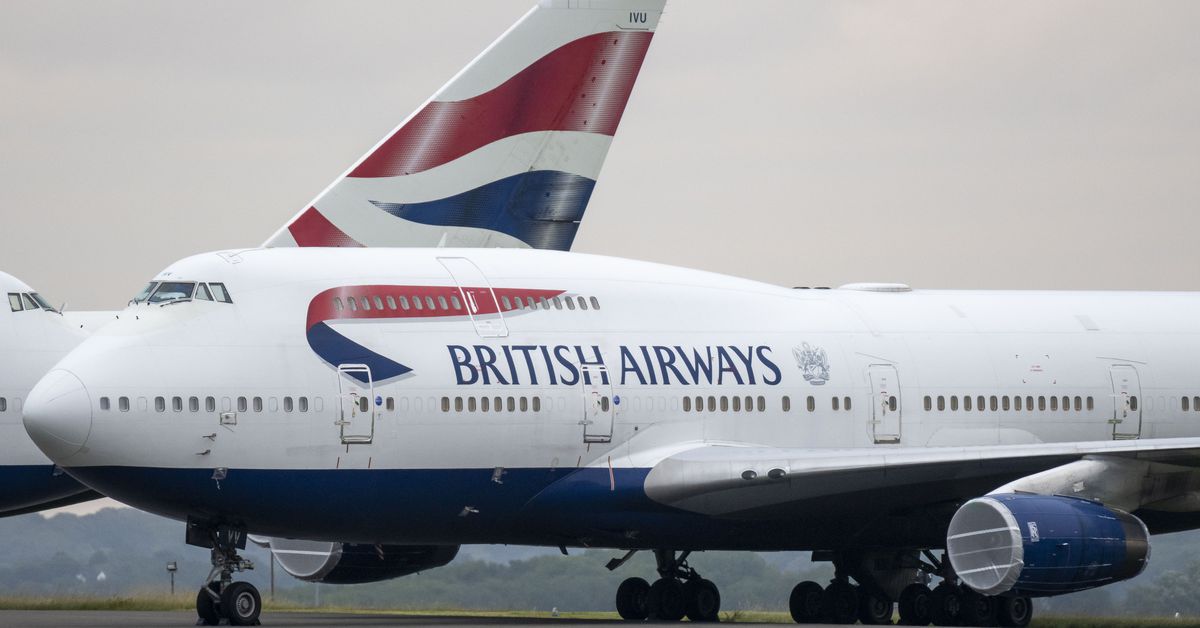These should be USB sticks, but otherwise this is preferable to something like wifi.
You do not want to stop requiring physical access to avionics for updates and reprogramming.
The fewer surfaces for entry into the avionics systems the better and if that means an engineer schlepping a database update on a thumb drive to the cockpit that’s what you want.
I spent the better part of a decade on avionics, and while this as a headline sounds bad it’s one of the few things Boeing shouldn’t be mocked for right now.
Boeing could supply virtual floppy drives that take USB drives or SD cards if they wanted to. I’m sure they don’t want to spend the money getting one certified until they are forced to though.
Floppy disks will continue working fine until the supply of new old stock disks runs out or becomes unreliable.
Certification is expensive. But updated dbs are pretty huge and seem to only get bigger over time. Stuff like radio firmware tends to be in the hundreds of KBs though, so for that it really wouldn’t be a big deal either way.
I don’t think the article argues against physical access though.
It doesn’t, that’s just a very common reaction to these types of articles. I recall having some very intense discussions around stuff like iPads in cockpits. I’m on the “not a fan” side, but I’m also not making avionics software anymore either.
iPads used as an electronic flight bag beats having a huge stack of papers to shuffle through. There’s only one disaster I’m aware of caused by an iPad, and that’s on a military Chinook. It got wedged below the pedals because they didn’t stow it as they should have.
https://alert5.com/2023/07/15/ntsb-finds-ipad-interference-contributed-to-ch-47d-helicopter-crash/
It’s not the iPads themselves, it’s the addition of Bluetooth and/or wifi to support them. I agree that they can alleviate a lot in terms of paperwork reduction etc. My issue is the additional exposed surface.
Wireless isn’t a requirement and connectivity seems slow to be adopted anyhow according to this source.
https://www.aircraftit.com/articles/data-connectivity-for-efbs-part-2/
If we agree that connectivity is a good thing, why has the adoption rate been so slow?
…
The first required piece is an actual connection between the device and the airplane. This connection can be wired or wireless. It’s now possible to have a wireless access point that’s dedicated to the crew. A wireless connection will need to include security capabilities so users can prove their identity to the wireless network. Let’s not forget that security must also be practical for in-service use. A wired connection is generally seen as more secure, since there has to be physical access from the flight deck, which is considered a secure domain.
I mean, they’re pretty old planes. I don’t expect them to rip out all the equipment and replace it if it still does the job.
I know that the glass cockpits (G1000s) in General Aviation aircraft use SD cards for the same purpose. Less dated, but overall pretty much the same thing
This is the best summary I could come up with:
The Register reports that security researchers at Pen Test Partners recently got access to a British Airways 747, after the airline decided to retire its fleet following a plummet in travel during the coronavirus pandemic.
The team was able to inspect the full avionics bay beneath the passenger deck, with its data center-like racks of modular black boxes that perform different functions for the plane.
Pen Test Partners discovered a 3.5-inch floppy disk drive in the cockpit, which is used to load important navigation databases.
A cybersecurity professor discovered a buffer overflow exploit onboard a British Airways flight last year.
It’s more of a traditional network like you’d find inside an office building, and some of the latest airliners even receive software updates over the air.
Boeing only just resumed production of its troubled 737 Max airplane after software glitches led to two fatal crashes that killed a total of 346 passengers and crew members.
The original article contains 507 words, the summary contains 155 words. Saved 69%. I’m a bot and I’m open source!





